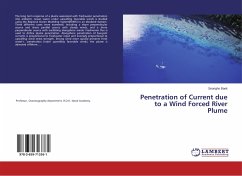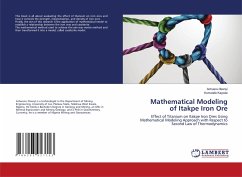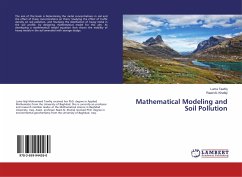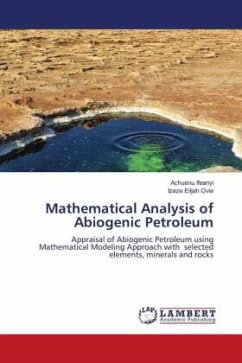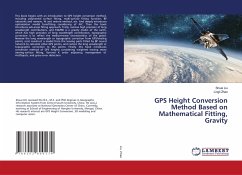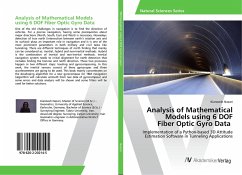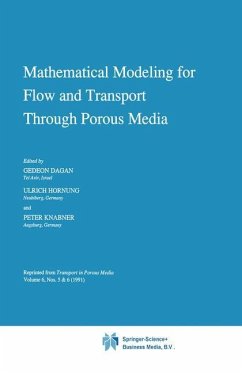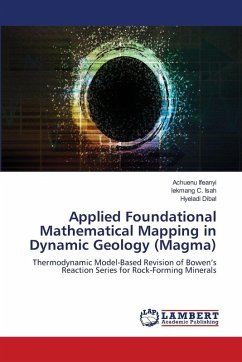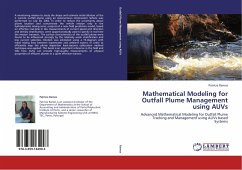
Mathematical Modeling for Outfall Plume Management using AUVs
Advanced Mathematical Modeling for Outfall Plume Tracking and Management using AUVs based Systems
Versandkostenfrei!
Versandfertig in 6-10 Tagen
52,99 €
inkl. MwSt.

PAYBACK Punkte
26 °P sammeln!
A monitoring mission to study the shape and estimate initial dilution of the S. Jacinto outfall plume using an Autonomous Underwater Vehicle was performed on July 30, 2002. In order to reduce the uncertainty about plume location and concentrate the vehicle mission only in the hydrodynamic mixing zone, outputs of a near-field prediction model, based on effective real-time in situ measurements of current speed and direction and density stratification, were opportunistically used to specify in real time the mission transects. The surface characteristics of the outfall plume were found to be influ...
A monitoring mission to study the shape and estimate initial dilution of the S. Jacinto outfall plume using an Autonomous Underwater Vehicle was performed on July 30, 2002. In order to reduce the uncertainty about plume location and concentrate the vehicle mission only in the hydrodynamic mixing zone, outputs of a near-field prediction model, based on effective real-time in situ measurements of current speed and direction and density stratification, were opportunistically used to specify in real time the mission transects. The surface characteristics of the outfall plume were found to be influenced strongly by the relatively weak stratification and low current velocities. Dilution was estimated using a TS-diagram with initial mixing lines between wastewater and ambient waters. In order to efficiently map the plume dispersion least-squares collocation method technique was applied. This book is an important reference in the field and tells how AUVs can provide high-quality measurements of physical properties of effluent plumes in a quite effective manner.




